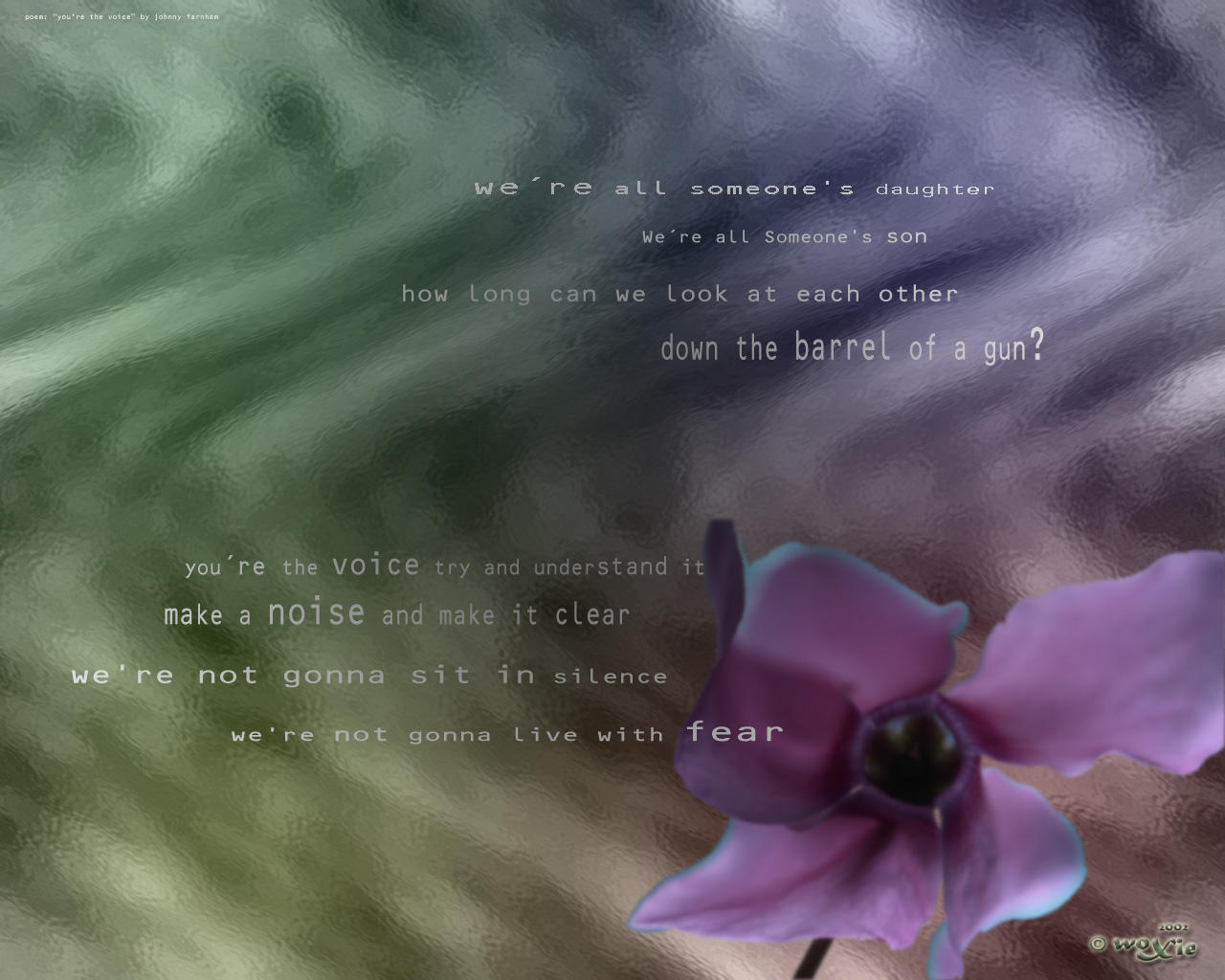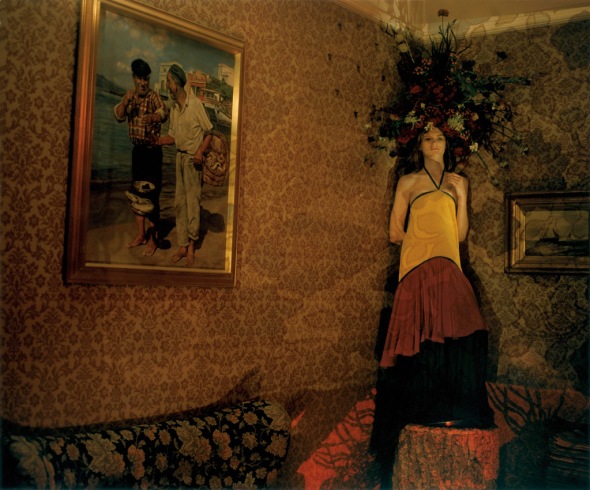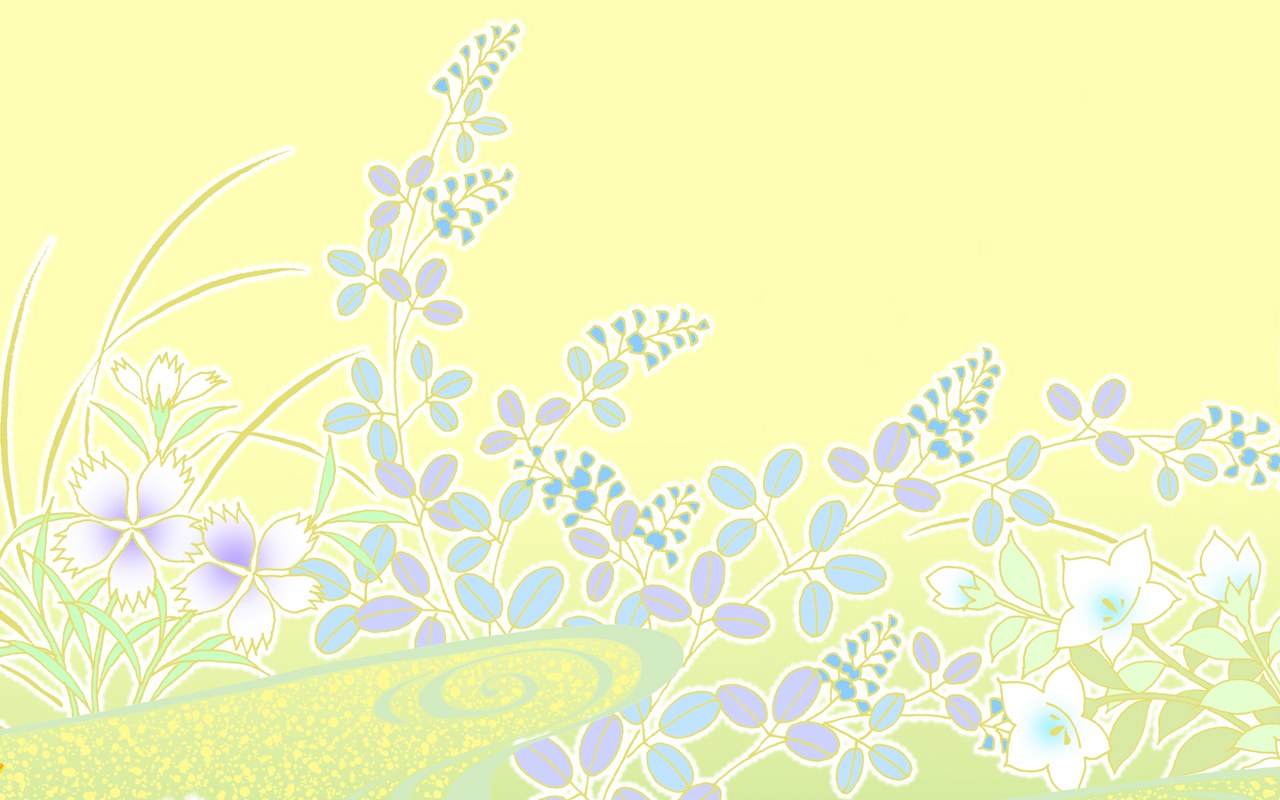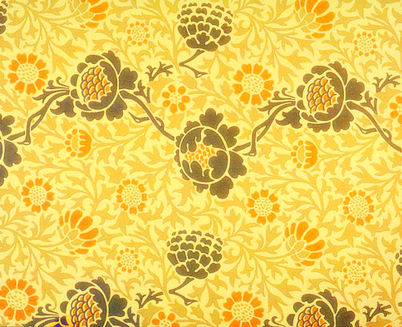Yellow Wallpaper Poem Biography
In the story the Yellow Wall Paper Ostracism occurred when her husband diagnosed her with a illness, when she was just going through everyday problems. So her husband choose to exclude her because of her nervous condition. She really felt as though she wasn't in control. The exclusion often made her lonely and depressed. She wasn't allowed to see any of her family not even her child.
At first she felt like she was lonely and miserable. Her husband took her to a mansion that was far away from civilization and everything she was used to so she could get rest and peace, but everything she gained was desperation and depression. She really didn’t want to be there, and she felt that the only person, who she could talk to, her husband, was starting to ignore her. “I wanted to see my cousins, but John wouldn’t let me” Her initial reaction was to find something to do in the empty and boring room she was put into, and she found the yellow wallpaper.
Her initial behavior was not doing anything because people always had their eyes on her. After a while of not liking the wall paper she found comfort in it. She started to see a lady in the paper, it could have been imaginary or real. The wall paper was obviously real to her and no matter what it was she wanted it to herself. Another method she used to escape/cope with her situation was writing. Wring was one thing that let her express herself and speak freely without being told to rest or not to do anything period. After a certain period of time she did want to leave the room or have anybody come in because she wanted the wall paper all to herself.
She usually spent her time trying to figure out the curious and revolting pattern, which she later described in a journal she kept while staying at that room. Staring at the wallpaper was all she did all day, every day yes, at some point she was aware of the whole situation, and knew that would be staying at that house for a long, long time, and she also knew there was something wrong with her that needed to be fixed. She tried to release all of her anger towards John, her desperation, and her frustration by writing. She thought that he was the one who put her through this and that it was his fault the fact that people actually thought she was going insane. At some points in her writing she admitted that she knew why people would treat her like a child, and she also recognized her condition, which was explained to her by her husband, who would frequently be giving her orders about how to feel, act, and think.
No one should experience this, kind of situation maybe it could make you stronger maybe not. Something you could do is talk to a close person about your situation. Always observe the people around you and see what their actions are. Make sure you have a say so on peoples decisions for you, don't be in a situation you don't want to be in. If others choose to ostracize you continue to be yourself.
In the story the Yellow Wall Paper Ostracism occurred when her husband diagnosed her with a illness, when she was just going through everyday problems. So her husband choose to exclude her because of her nervous condition. She really felt as though she wasn't in control. The exclusion often made her lonely and depressed. She wasn't allowed to see any of her family not even her child.
At first she felt like she was lonely and miserable. Her husband took her to a mansion that was far away from civilization and everything she was used to so she could get rest and peace, but everything she gained was desperation and depression. She really didn’t want to be there, and she felt that the only person, who she could talk to, her husband, was starting to ignore her. “I wanted to see my cousins, but John wouldn’t let me” Her initial reaction was to find something to do in the empty and boring room she was put into, and she found the yellow wallpaper.
Her initial behavior was not doing anything because people always had their eyes on her. After a while of not liking the wall paper she found comfort in it. She started to see a lady in the paper, it could have been imaginary or real. The wall paper was obviously real to her and no matter what it was she wanted it to herself. Another method she used to escape/cope with her situation was writing. Wring was one thing that let her express herself and speak freely without being told to rest or not to do anything period. After a certain period of time she did want to leave the room or have anybody come in because she wanted the wall paper all to herself.
She usually spent her time trying to figure out the curious and revolting pattern, which she later described in a journal she kept while staying at that room. Staring at the wallpaper was all she did all day, every day yes, at some point she was aware of the whole situation, and knew that would be staying at that house for a long, long time, and she also knew there was something wrong with her that needed to be fixed. She tried to release all of her anger towards John, her desperation, and her frustration by writing. She thought that he was the one who put her through this and that it was his fault the fact that people actually thought she was going insane. At some points in her writing she admitted that she knew why people would treat her like a child, and she also recognized her condition, which was explained to her by her husband, who would frequently be giving her orders about how to feel, act, and think.
No one should experience this, kind of situation maybe it could make you stronger maybe not. Something you could do is talk to a close person about your situation. Always observe the people around you and see what their actions are. Make sure you have a say so on peoples decisions for you, don't be in a situation you don't want to be in. If others choose to ostracize you continue to be yourself.
Yellow Wallpaper Poem
Yellow Wallpaper Poem
Yellow Wallpaper Poem
Yellow Wallpaper Poem
Yellow Wallpaper Poem
Yellow Wallpaper Poem
Yellow Wallpaper Poem
Yellow Wallpaper Poem
Yellow Wallpaper Poem
" A Conservative" by Charlotte Perkins Gilman (poetry reading)
" A Conservative" by Charlotte Perkins Gilman (poetry reading)
Edgar Allan Poe - Descent Into Madness
Edgar Allan Poe - Descent Into Madness














































-wallpaper.jpg)








